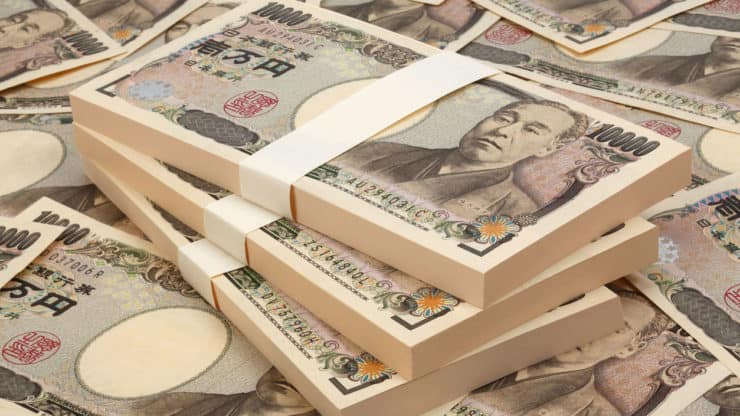Monday brought unwelcome news for investors as the Japanese stock market experienced a significant crash. The primary cause? The Yen carry trade, a popular yet risky financial strategy.
The Yen carry trade involves borrowing money at low interest rates in Japan and investing it in markets with higher returns, such as the US.
The profit comes from the differential between the low borrowing cost and the higher investment returns.
However, this strategy comes with inherent risks, particularly when sudden market shifts occur, making it difficult to close open positions.
This week, the Japanese central bank’s decision to raise interest rates has triggered just such a scenario.
What is the Yen carry trade?
To illustrate, imagine borrowing 1 million Yen from the Bank of Japan at an interest rate of 0.1%.
You then convert these funds into US dollars and invest them in the US market, where you can earn about 5.5% annually.
At the end of the year, you convert your profits back to Yen, repay the initial loan plus the 0.1% interest, and pocket the difference.
This strategy works as long as the Bank of Japan keeps interest rates low and stable, allowing traders to invest confidently in higher-yielding markets.
However, when interest rates in Japan rise, the carry trade becomes problematic.
Understanding the current crisis
Last month, the US dollar reached historic highs against the Yen.
To protect the Yen, the Bank of Japan raised interest rates from 0.1% to 0.25%.
This move caused the Yen to strengthen against the dollar, creating a significant problem for traders engaged in the carry trade.
If they sold their foreign assets and converted the proceeds back to Yen, they would receive far less Yen than anticipated, thus devaluing their assets in Yen terms and triggering margin calls.
To meet these margin calls, traders faced two choices: sell their foreign assets or borrow more Yen at the new, higher interest rate and convert it to US dollars at a less favorable exchange rate.
Many opted to sell their assets, leading to the unwinding of the Yen carry trade, which is contributing to the current market volatility.
The sudden unwinding of the Yen carry trade has sent shockwaves through global markets.
The only way to stabilize the situation is for the Yen’s value to decrease, but with traders scrambling to buy more Yen to close their positions, the currency remains strong.
This tumultuous situation is expected to persist, leading to continued volatility in financial markets worldwide.
The ultimate resolution remains uncertain, as it hinges on whether governments or the currency market can effectively intervene to lower the Yen’s value.
The Yen carry trade, while profitable under stable conditions, has become a significant source of market instability due to recent interest rate changes by the Bank of Japan.
Investors and traders must now navigate this challenging landscape, with global markets reacting to the sudden shifts in currency values.
As this financial drama unfolds, the key takeaway is the inherent risk in relying on borrowed funds and the importance of monitoring central bank policies closely.
The post What is the Yen carry trade and why is it crashing markets? appeared first on Invezz
